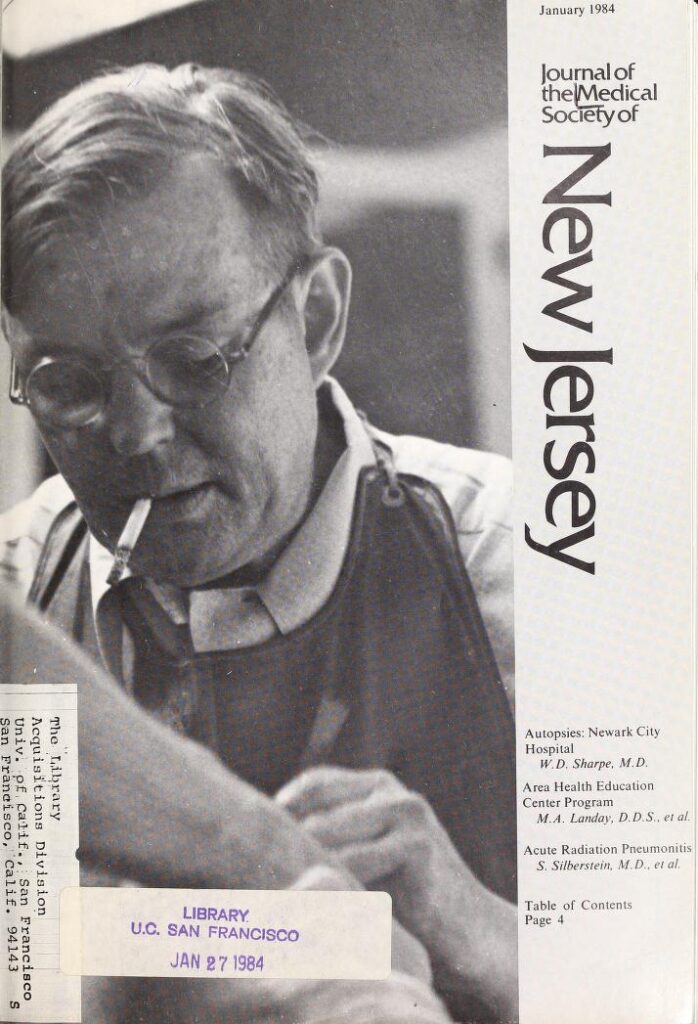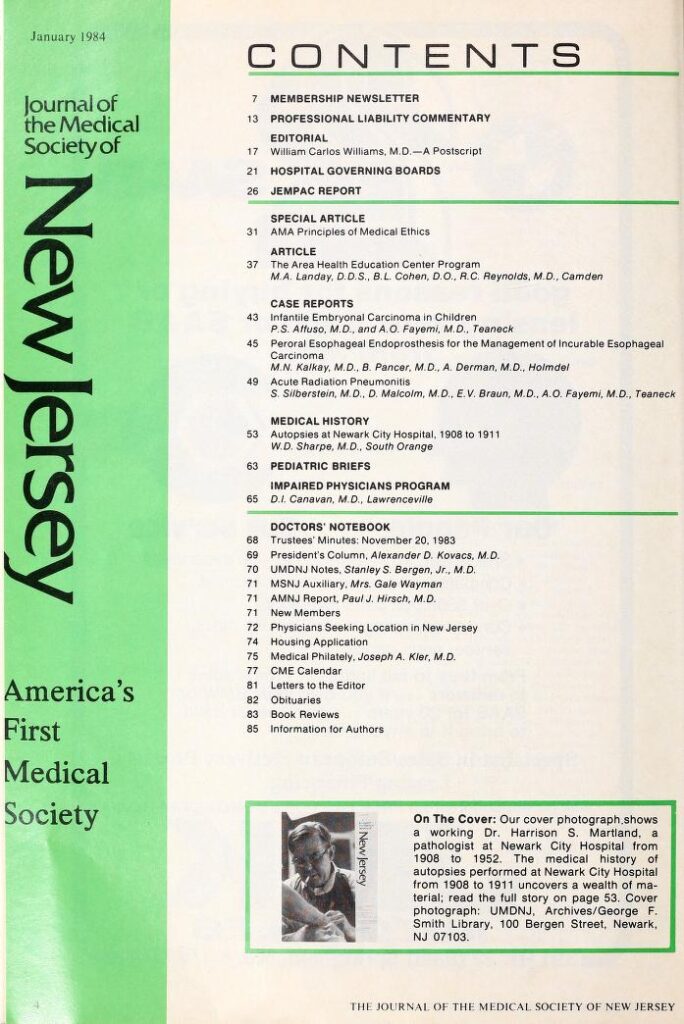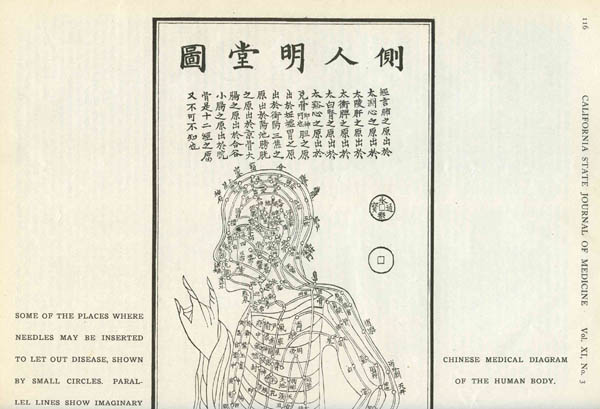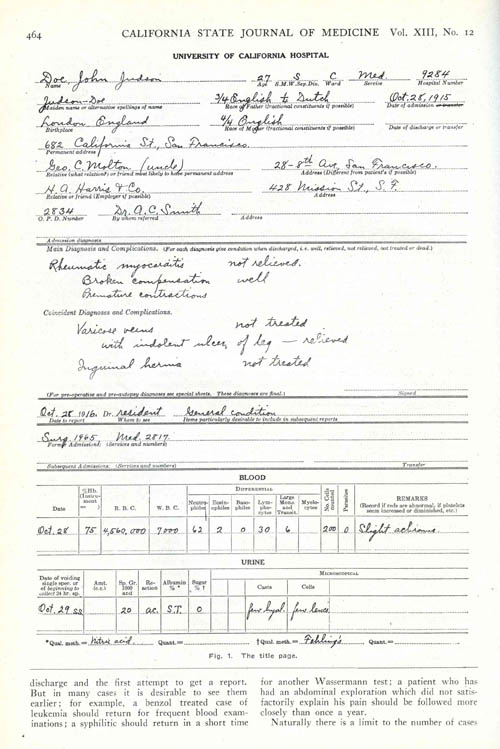This is a guest post by intern Harold Hardin, who is working on the NEH Grant-Funded Project The Bay Area’s Response to the AIDS Epidemic.
I came across recently a sardonic, humorously bizarre little zine in the Beowulf Thorne papers (GLBT Historical Society, 2003-10) called Diseased Pariah News (DPN). DPN was a zine created during the early 90’s that used gallows humor to humorously educate/entertain mostly gay (often white) cisgender men about HIV/AIDS among other gay men’s health issues. Humor is not something I would immediately associate with AIDS/HIV. Certainly, in the popular imagination AIDS and humor couldn’t be further apart. Queer white, cis, men living with HIV/AIDS in popular media depictions are generally akin to Tom Hanks in Philadelphia: a “noble, suffering AIDS victim”.
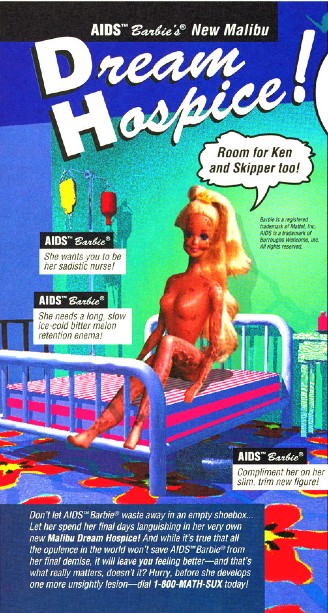
Further, many current LGBTQ media consumers tend to shy away from LGBTQ depictions that have overt internalized homophobia/transphobia, straying away from media depictions that might seem to make light of oppressive circumstances in ways that are ultimately self- cannibalizing. Rupaul was famously castigated for having content on her show that was deemed transphobic. Lisa Lampanelli, though not queer, is known for her gallows humor and recently left show business citing, “people in their 20s and 30s weren’t getting into that [insult comedy] tradition”. I spoke to a friend on Facebook about DPN and they echoed a popularly resonant sentiment, “I really don’t like to view historical media/works of art relating to our [queer] community. Because they always carry the hint of shame, of internalized homophobia and transphobia.”
Clearly, we are currently living through a shift in what we find humorous from particular groups of people based on their identities. And to be honest, it shouldn’t be ok for a white, cisgender, straight, man or woman to make jokes about communities that they historically (or contemporaneously, for that matter) oppress. But should queer people with HIV/AIDS be able to laugh at their own lived experiences? If observational comedy is about illuminating the mundane and often untintentionally humorous aspects of our everyday lives then DPN represents to me a group of queers with HIV/AIDS taking this to its’ logical conclusion: finding humor in the everyday lives of queer folx living with HIV/AIDS. Additionally, I think something is foreclosed when we as a queer community rush to quash inter-group humor that may on its surface appear aberrant. Queer people should be able to laugh at their own lived experiences if they so desire, especially, if by laughing, we find a form of resistance while skewering social and political realities that we ultimately find empowering.

